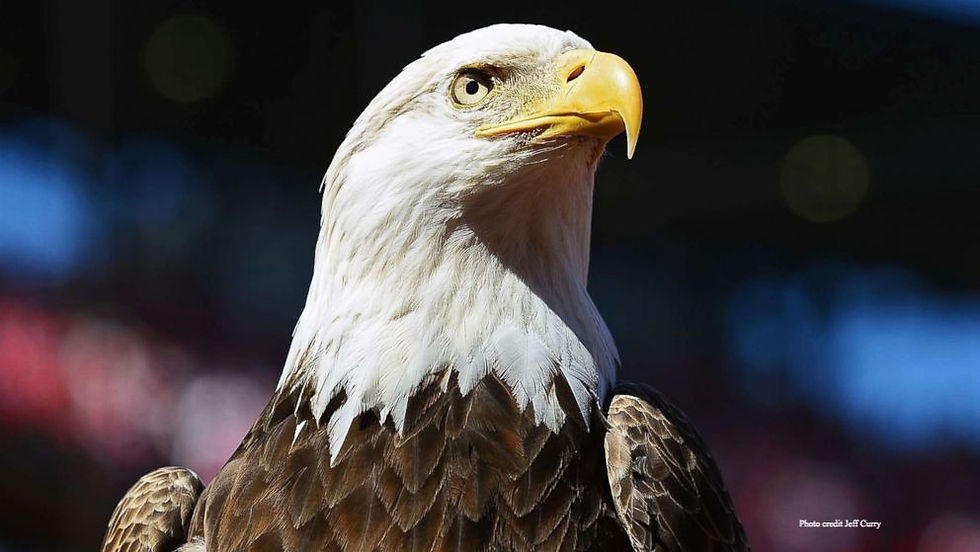CRITTER SPOTLIGHT: Wood Frog (Lithobates sylvaticus)
- cynthiamorissette
- May 25, 2020
- 2 min read

Good Morning Watershed Explorers,
I hope you had a fabulous weekend and are enjoying a great Memorial Day thus far. Please remember to have a moment of silence or peace, and offer your thoughts to all of the amazing men and women who this day is set aside for. It is because of their courage and bravery that we can all enjoy the freedoms we hold so dear.
Today's critter spotlight is about one of my most favorite amphibians. Lithobates sylvaticus, or commonly known as the wood frog. This tiny little frog only measures 1.5-3.25 inches. Wood frogs are fairly easy to identify as they have a distinct black mark behind their eyes. Wood frogs have a call that makes them sound as if they are a goose gobbling, check it out here. https://www.youtube.com/watch?v=3Ah_slM_F34
The most amazing characteristic of this frog is that it can freeze most of its body in winter. It becomes a frogsicle! Here is a short video that shows the process. https://www.youtube.com/watch?v=U9Vj_GQFGHQ
Habitat:
This may surprise you, but the wood frog likes to spend most of its time, well, near wood! It loves forests. It also loves marshes and wetland areas. Wood frogs need water to lay eggs, so they are usually in areas that have vernal pools or ponds close by.
Diet:
Adult wood frogs are carnivores. They will eat a variety of invertebrates including snails, worms, beetles, millipedes, slugs, and spiders.
Larvae are herbivores and eat algae, and plant matter.
Watershed Role:
All amphibians have the ability to breathe through their skin. This permeable skin makes amphibians very susceptible to health problems caused by toxins in watersheds. All amphibians are watershed indicators. This means they can tell scientists if there are pollutants in watershed areas. Since adult wood frogs don't spend as much time in the water as other frog species they aren't exposed to as much water pollution. Wood frog tadpoles, however, spend their entire young life in the water so toxins, chemicals, metals, and low levels of dissolved oxygen can cause them harm. Wood frogs adults also eat a lot of pesky insects, and they help to keep these populations under control.
The amazing ability of amphibians never ceases to amaze! These tiny little creatures have adapted to life so creatively. Wouldn't it be cool if we could freeze solid and take a little break for a while, then just jump-start our heart and move around again?
I hope you enjoyed this critter spotlight. Here is another great wood frog picture. If there is a critter that you are interested in learning about, please feel free to email me and I will include it in an upcoming post.

Much love,
Mrs. Morissette






Comments